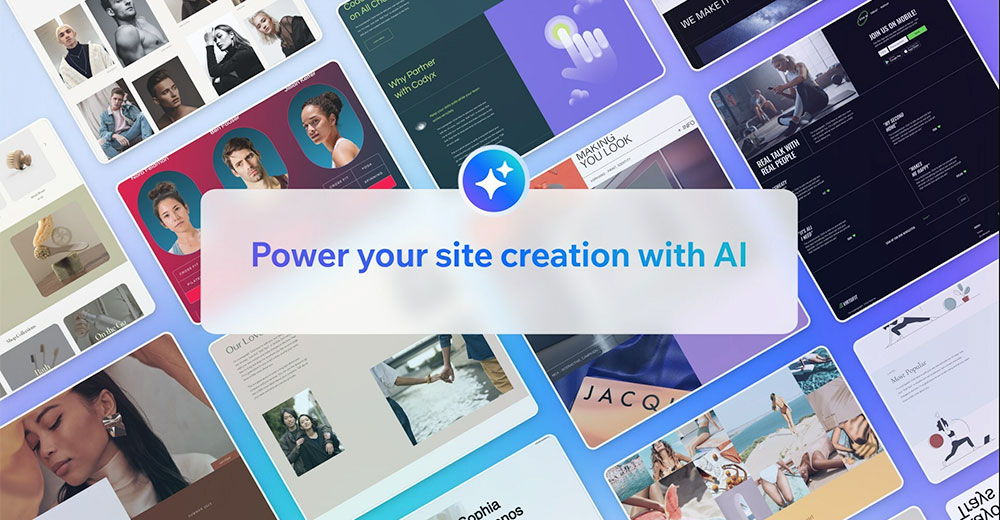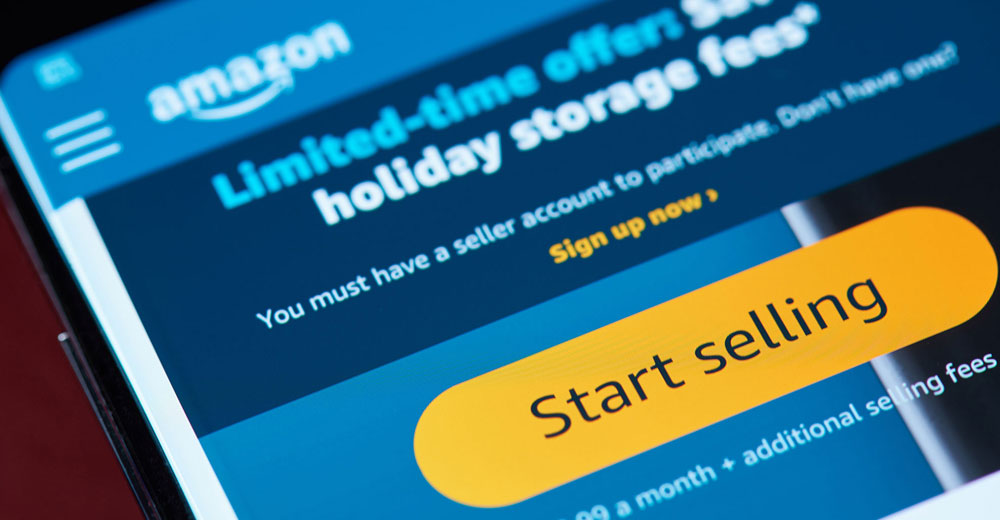Mobile apps are convenient and ubiquitous, and they’re becoming a central way that people interact with brands.
Just having an app is not enough, however. Because they live on the ecosystem of mobile devices, people expect them to be user-friendly and instantly accessible. If they’re to attract and keep users, apps must deliver a seamless, simple, and intuitive experience.
The E-Commerce Times spoke with several experts in the fields of mobile apps and customer experience (CX) to get their take on what makes for a winning app design, and where apps are headed in the future.
“CX is integral to the future of brands, because it allows businesses to maintain solid relationships with their customers, wherever they are,” Leena Iyar, chief brand officer for Moxtra, told the E-Commerce Times.
“The key thing to consider when it comes to e-commerce apps is that they provide value to the customer — as much value as they would receive from any other engagement with your business.
“When customers have a great experience on the app, they will continue to use that as a dedicated channel to interact with your business. The more convenient an app is for customers, the more loyal a customer will be to your business,” she noted.
Ultimately, app design isn’t just about engaging customers; it’s about keeping them.
“It’s important to consider CX when designing and implementing e-commerce apps, because the cost of a bad experience will literally translate into lost revenue, and even worse, lost customers,” Britt Mills, senior director of customer experience for Mobiquity, explained to the E-Commerce Times.
“Accessibility, flexibility, and an increased expectation of convenience are becoming increasingly important when it comes to the CX of e-commerce apps,” she added.
The KISS Principle
Apps, perhaps more than any other digital interface, must be simple and easy-to-use in order to engage people.
“Keep it simple,” Arpit Jain, chief client services officer for Nerdery, told the E-Commerce Times. “No one wants complex experiences. Make it so frictionless for consumers that they don’t have to think too much about navigating through the experience when they are buying something.”
The simpler an app is, the more transparent it seems, giving users the sense that the app is an extension of their own digital lives.
“It’s important to always start with the human perspective when designing and building an e-commerce app,” said Mills.
“Start first and foremost with identifying what customers want and need out of the app,” she suggested, “and then design an experience that ensures users are able to accomplish their goals in simple, delightful ways. Personalized offers that use an individual’s data and buying trends to customize each shopper’s experience are key to loyalty and return visitors.”
Make It Fun
App designers are looking for new and creative ways to make their apps engaging, and one technique is to incorporate gamification into their design.
“Everybody loves games,” Vladimir Lastovsky, CEO of InAppStory, told the E-Commerce Times. “Everybody loves prizes. That’s why many B2C companies experiment with gaming mechanics to engage more users during massive promotion. The benefits come when the game play is merged with action-related boosters.
“For example, the user increases his or her chances to win the prize when making purchases, providing contact details or via social sharing. From our experience the in-app game can onboard more than 30 percent of users, which makes it the one and the only engagement tool for communication with customers.”
Incorporating content like stories can also help to draw in users and keep their attention within an app.
“CX is one of the leading ways that brands seek to differentiate themselves today,” explained Lastovsky. “Because of intense competition today, it’s not enough for users to have good quality product or service. They need more and better experience while onboarding, surfing, or checking out.
“Stories bring the CX that is both familiar and native for the majority of customers,” he observed. “Today users of Instagram spend more time in stories versus feed. The rich visual format of stories allows to engage more, keep user attention and, as a result, communicate in the way needed for business. The format of storytelling is ideal to talk about promo campaigns, product features, lifestyle and entertainment.”
Put the Data to Work
Apps provide companies with a wealth of data about their users, and apps can, in turn, use that data to create a meaningful experience for their users.
“In a vast, competitive marketplace, brands strive to create a unique human experience and deliver on evolving customer expectations,” Sav Khetan, head of product strategy for Tealium, told the E-Commerce Times.
“Customer data plays a big role in customer experience and customer retention. Data can provide brands with an understanding of what their customers desire, helping them predict behavior such as whether they’re more likely to shop online or in-store, and which deals will attract them the most,” he explained.
Even as they collect and use this data, however, it’s important to be transparent with users about the process.
“Brands need to be transparent about their data collection to uphold a strong customer relationship,” advised Khetan. “A value-exchange marketing strategy in which customers understand how their data is being used is one of the best ways to do this and enhance the customer experience.
“By telling customers upfront the story of how and why their data is being used, customers are more likely to share data with the brand.”
Looking Ahead
Apps are constantly evolving, and they must keep up with changing customer demands and expectations. That means understanding those customers and what they want and need.
“Ensuring that we know who those end users are, and what’s important to them, allows us to design better features that make their lives easier and their businesses stronger,” Megan Stillerman, vice president of professional services and customer success for Miva, told the E-Commerce Times.
“This is going to be the driving theme behind some of the trends we’re seeing, which is a rapid move to cross-channel personalization powered by CDPs [customer data platforms], the blending of B2B and B2C shopping experiences, and the need to empower growth hacking by merchants to raise conversion and AOV [average order value] as they compete with Amazon and other large marketplaces for purchase dollars,” she concluded.



























































